Welcome to the land of The Big Sky Country, where the breathtaking landscapes and vast natural resources offer more than national parks and scenic wonders.
Have you ever wondered what does Montana produce? If you think it only yields wheat, beef cattle, and pulse crops, you may be surprised to learn about the variety of other products.
You’ll see the many kinds of livestock, dairy products, and the latest advancements in energy and food production.
Whether you’re a native Montanan or just someone who is interested in exploring new products, this article is for you.
- Related article: Montana’s Economy Overview
Understanding Montana’s agriculture overview, mining, and forestry industries is key to learning about the state’s people and economy.
Get ready to learn more about Montana produce and how it enriches both the state and its consumers!
Montana’s Produce and Bounty
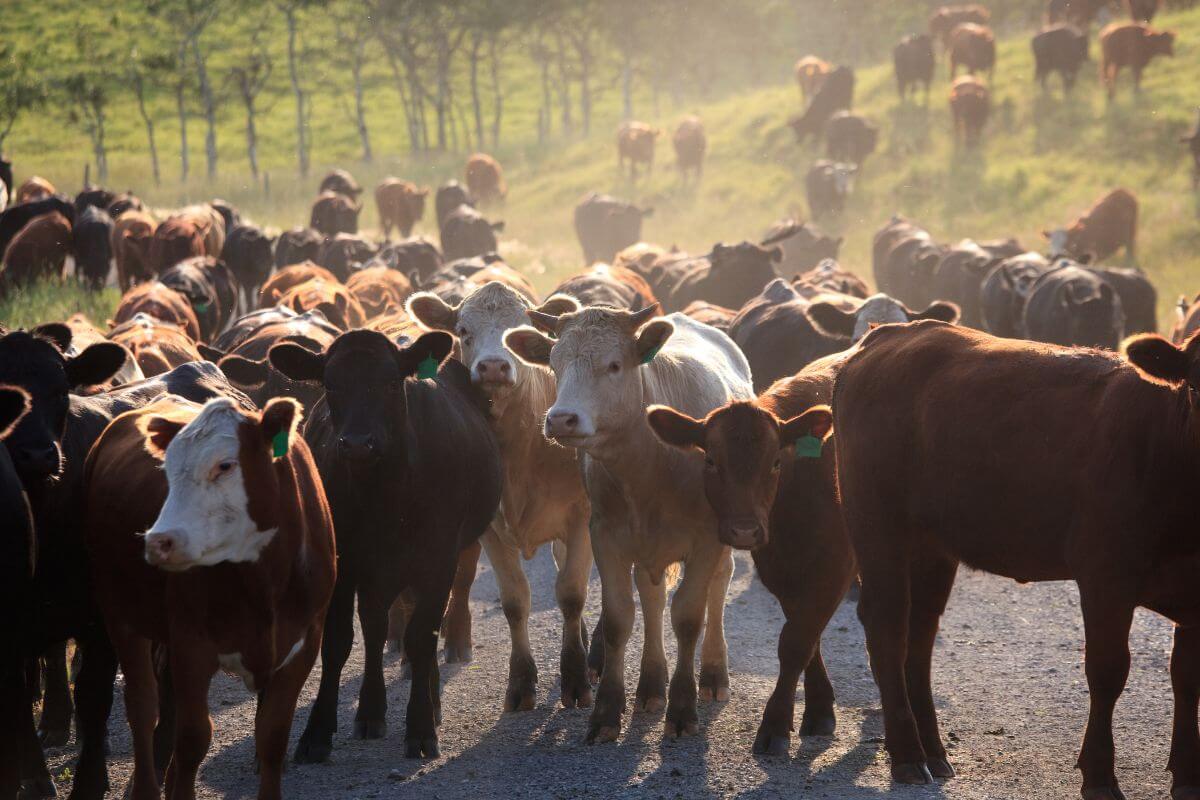
The state has a diverse range of agricultural products that contribute significantly to its economy.
It produces a wide range of quality goods from ranch products, cattle, and calves to food products, wheat, hay, and more.
One program that has helped promote these products is the “Made in Montana”, which requires that qualifying items be grown, created, or enhanced in the state, resulting in 50% or more added value.
The state’s agricultural income and processing industries are crucial to the state’s economy, including the forestry industry.
With millions of acres of forestland, it produces high-quality wood products such as lumber, plywood, and paper.
Montana’s food production is also noteworthy, with the state being known for its high-quality wheat, barley, and pulse crops.
Livestock production is also a major industry in Montana, particularly with the country’s largest population of cows and sheep.
Montana Economy Foundation: Agriculture
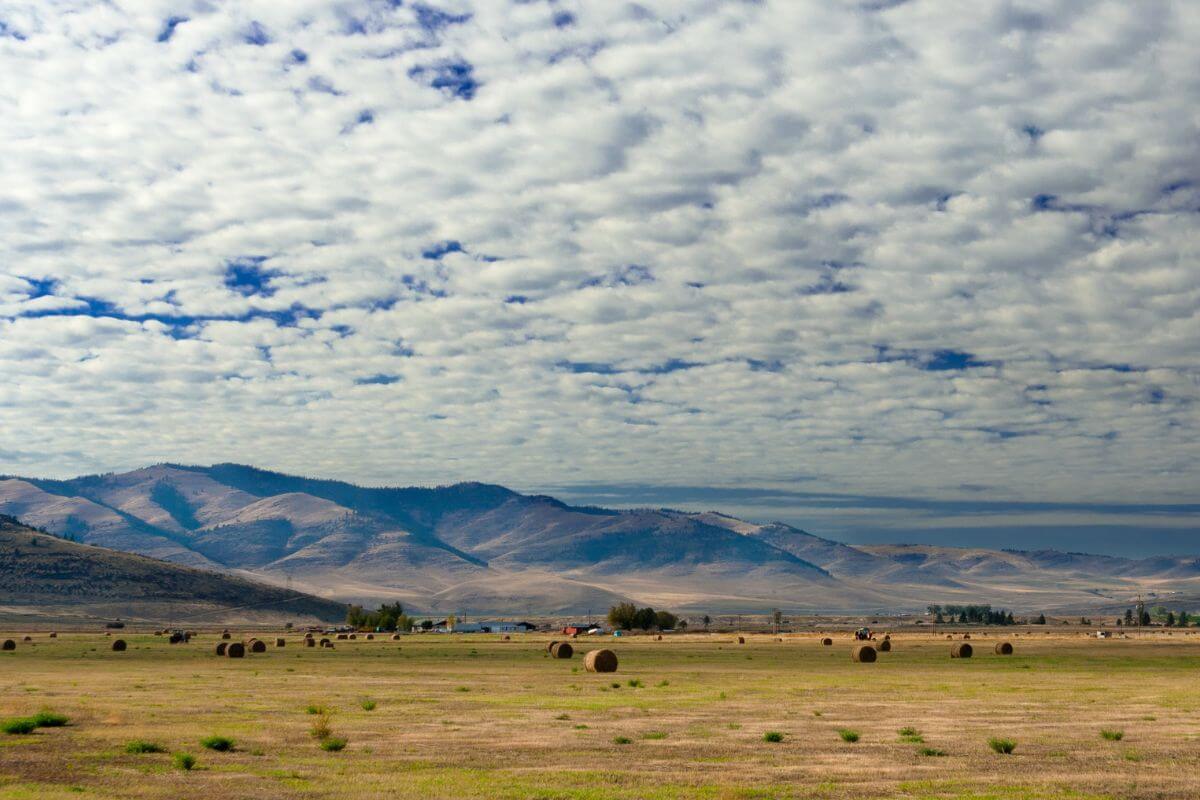
Montana’s economy thrives on its strong agricultural foundation. Its fertile lands, spacious surroundings, and favorable climate make agriculture its largest industry.
Farmers and ranchers grow staple crops like wheat and barley, raise cattle, sheep, and hogs, and contribute to the nation’s food and raw products.
With a focus on sustainability and abundant natural resources, the agricultural sector is vital in driving the state’s economic prosperity.
- Learn more about Agriculture Across Montana
Montana’s Top Crops

The state is not only famous for its breathtaking landscapes and outdoor adventures but also for its thriving agriculture industry.
With a population of 1.1 million people, this state boasts a vast expanse of land totaling 93 million acres, of which a staggering 58 million acres (62%) are dedicated to agricultural production.
Montana’s wheat production ranks fourth in the US, it follows the wheat powerhouses of Kansas, North Dakota, and Oklahoma. The wheat grown in Montana is in high demand internationally and worldwide.
After harvest, approximately 80% of the wheat crop produced is exported overseas, while the remaining 20% stays within the United States to cater to local millers and feed grain demands.
Wheat is Montana’s largest export commodity, with around 100 million bushels being shipped annually. This valuable crop accounts for $565 million in revenue each year.
To transport this abundance of wheat, almost all exported products travel by train, truck, or barge to the port of Portland.
Hay occupies the largest share of harvested land in farms, accounting for 27%.
Different types of wheat varieties, Spring, Winter, and Durum wheat follow closely at 24%, 16%, and 8% respectively.
Pulses, including dry peas and lentils, comprise 14% of the harvested acreage, while barley takes up 6%. The remaining 5% represents other crops contributing to Montana’s diverse agricultural landscape.
Wheat and barley are grown on large dryland grain farms throughout the region. Apart from wheat, Montana’s agriculture industry encompasses a range of other crops and products.
Sweet cherries, sugar beets, and seed potatoes are also prominent crops cultivated by Montana’s hardworking agricultural producers.
The state’s agricultural practices extend beyond traditional crops. Cover crops, such as legumes and grasses, are planted during off-seasons to promote soil health and prevent erosion, contributing to sustainable farming practices.
The State also has significant production of lentils and honey. Montana ranks first in the nation in the production of pulse crops, including dry peas and lentils in the United States.
Furthermore, its vast open spaces provide an ideal environment for beekeepers, resulting in a thriving production of honey.
Montana’s Top Livestock Produce
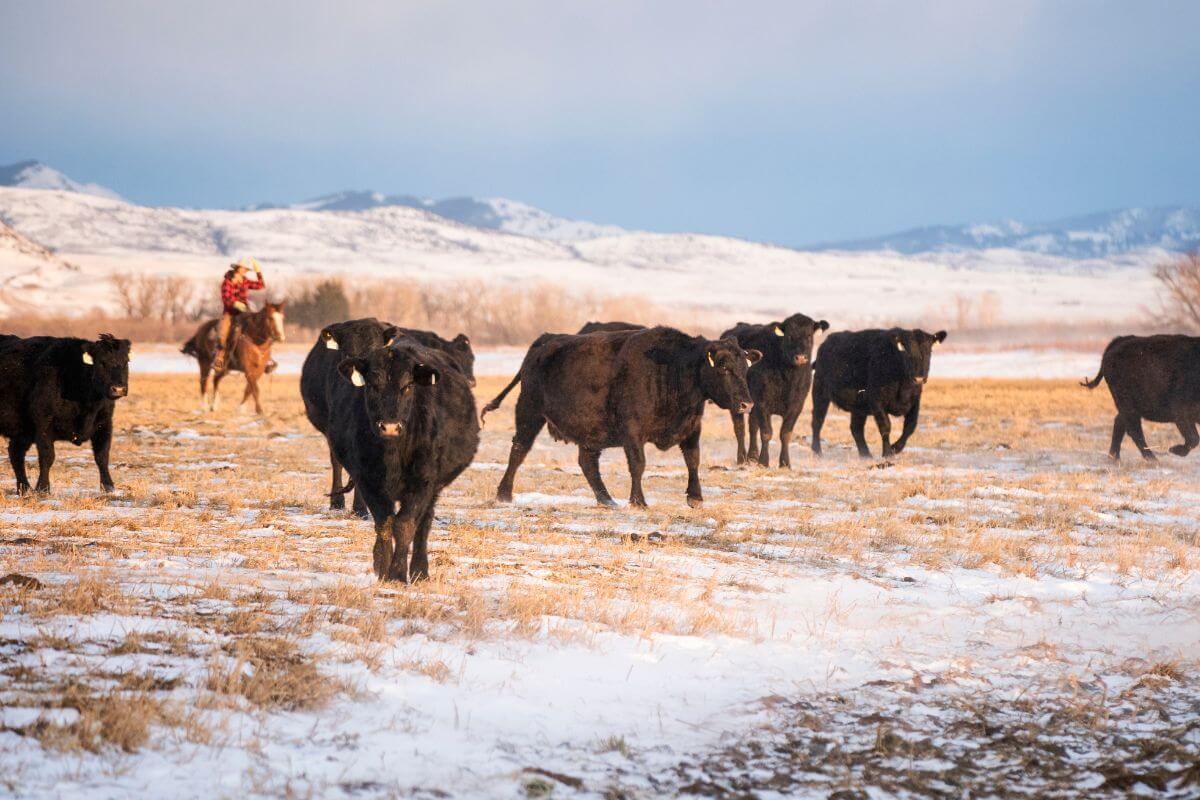
More than 40% of farms had cattle, including calves, showcasing the prominence of beef production in Montana state.
5% of farms had sheep, including lambs, highlighting the role of sheep farming in the region.
Hogs, including pigs, accounted for less than 2% of farms, indicating a smaller presence in the livestock industry.
Several counties stand out as key contributors to livestock production. The top five livestock-producing counties were Beaverhead, Custer, Fergus, Carter, and Rosebud counties.
Livestock products contribute significantly to the state’s economy through agricultural cash receipts and the production of various food products.
Beef cattle play a crucial role in Montana’s livestock agriculture. The rugged landscapes and abundant grasslands provide ample grazing opportunities for cattle.
Sheep farming also thrives in Montana as farmers raise flocks for wool, meat, and other associated products.
Montana Energy Products: Coal, Natural Gas, and Oil
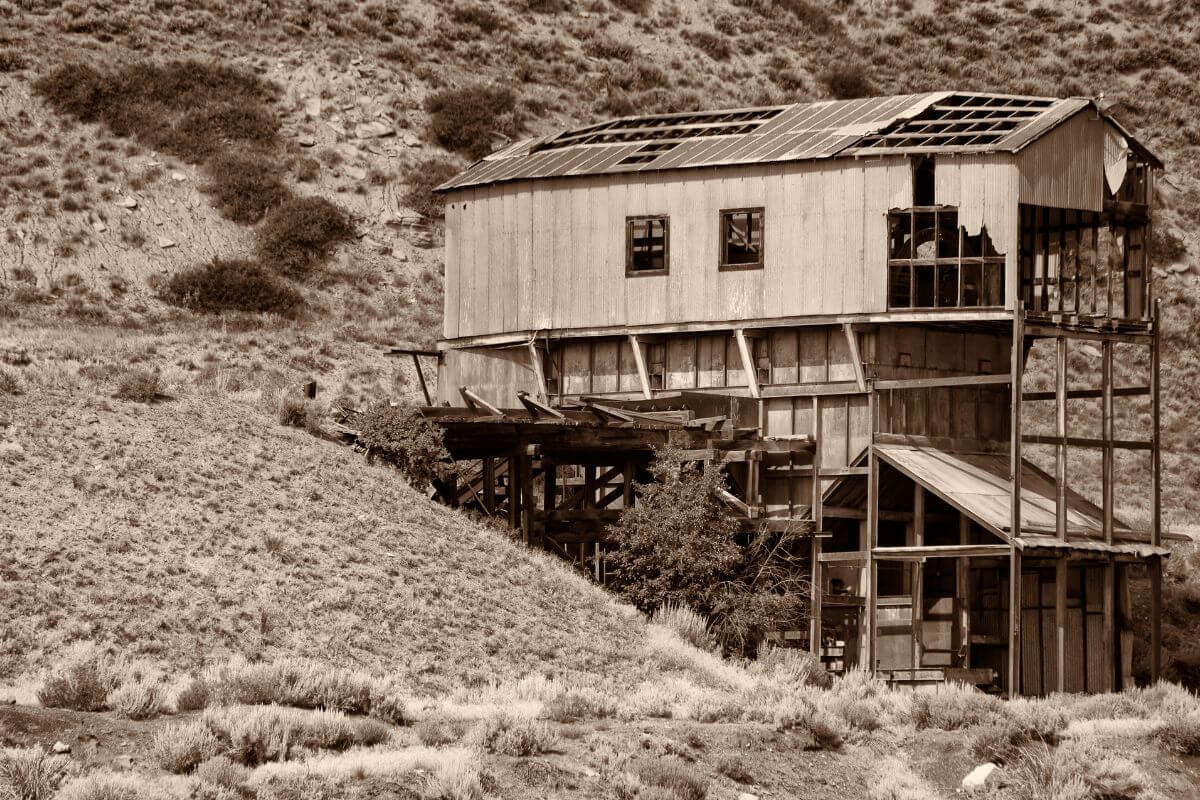
The state plays a significant role in the nation’s energy production. The state’s diverse energy portfolio includes coal, natural gas, and oil, each contributing to its economic growth and energy needs.
Montana boasts the largest recoverable coal reserves in the nation, accounting for approximately 30% of the total coal reserves in the United States.
Coal production contributes around 5% of the country’s output. Coal-fired power plants provided the largest share in 2022.
These power plants accounted for 42% of the state’s in-state generation, ensuring a reliable energy source for residents and businesses alike.
With the state’s abundant water resources, hydroelectric power production also contributed to power generation.
Other power plants include wind power, natural gas, and petroleum coke.
In 2022, Montana made progress in using renewable energy sources and ranked 10th in the U.S. for the highest proportion of electricity from renewables.
Around 53% of the state’s electricity came from renewables, showcasing its dedication to sustainability and reducing carbon emissions.
The state has a thriving natural gas and oil industry. Natural gas plays a crucial role in meeting the needs of residential, commercial, and industrial sectors.
Natural gas consumption supports heating and cooking needs while also serving as a reliable fuel source for various industries.
Montana’s oil output also contributes significantly to its energy sector and the overall economy.
Although the state is not among the largest oil-producing in the country, it has a robust oil industry that helps meet regional energy demands and supports job creation and economic growth.
Montana Forest Product: Timber
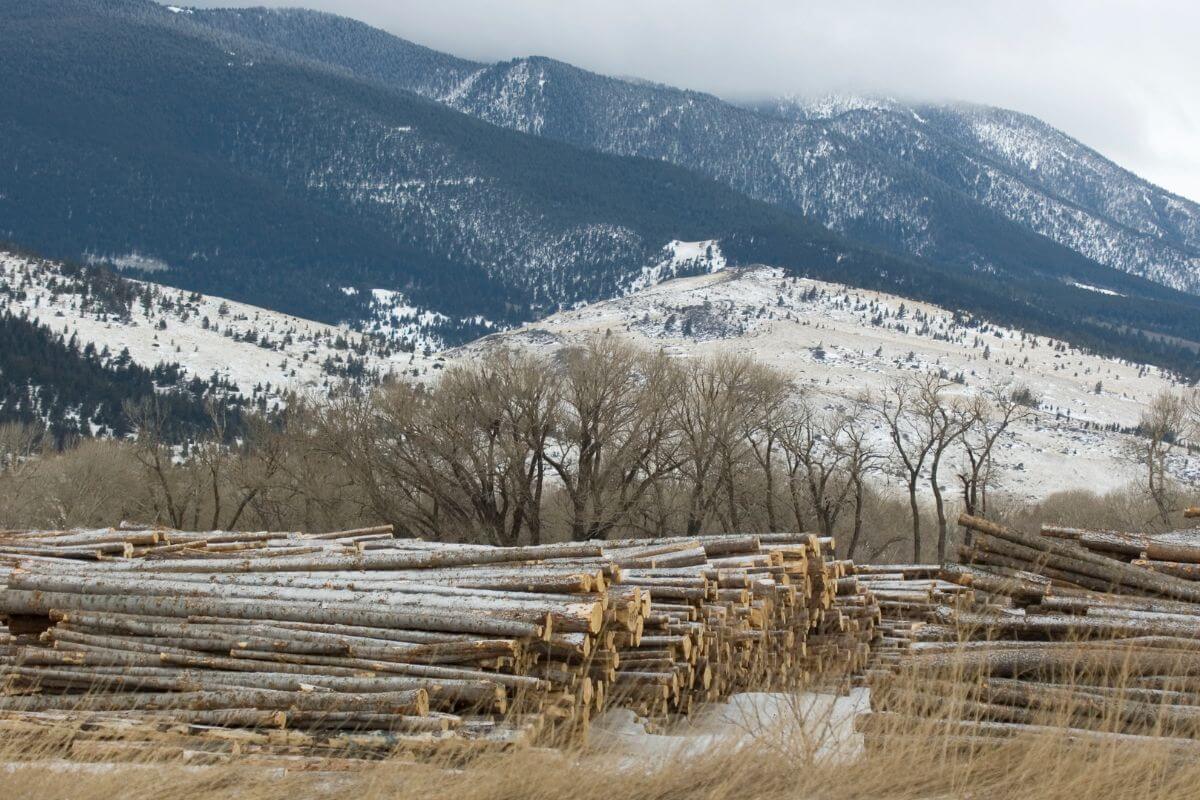
Montana’s forest products industry is one of the state’s biggest industries. It has 19.8 million acres of productive, non-reserved timberlands that provide a substantial amount of timber to the industry.
Additionally, 860,000 acres of industrial and managed timberland are third-party certified for sustainable practices, ensuring that the state’s timber production remains environmentally responsible.
With a workforce of 6,530 Montanans employed in forest-based jobs, the forest industries are one of the state’s largest employers. Forestry is ranked third in Montana’s economic impact.
The manufacture of forest products specifically timber is an essential source for the manufacturing of wood products, such as lumber, furniture, and paper products.
Montana Mineral Industry
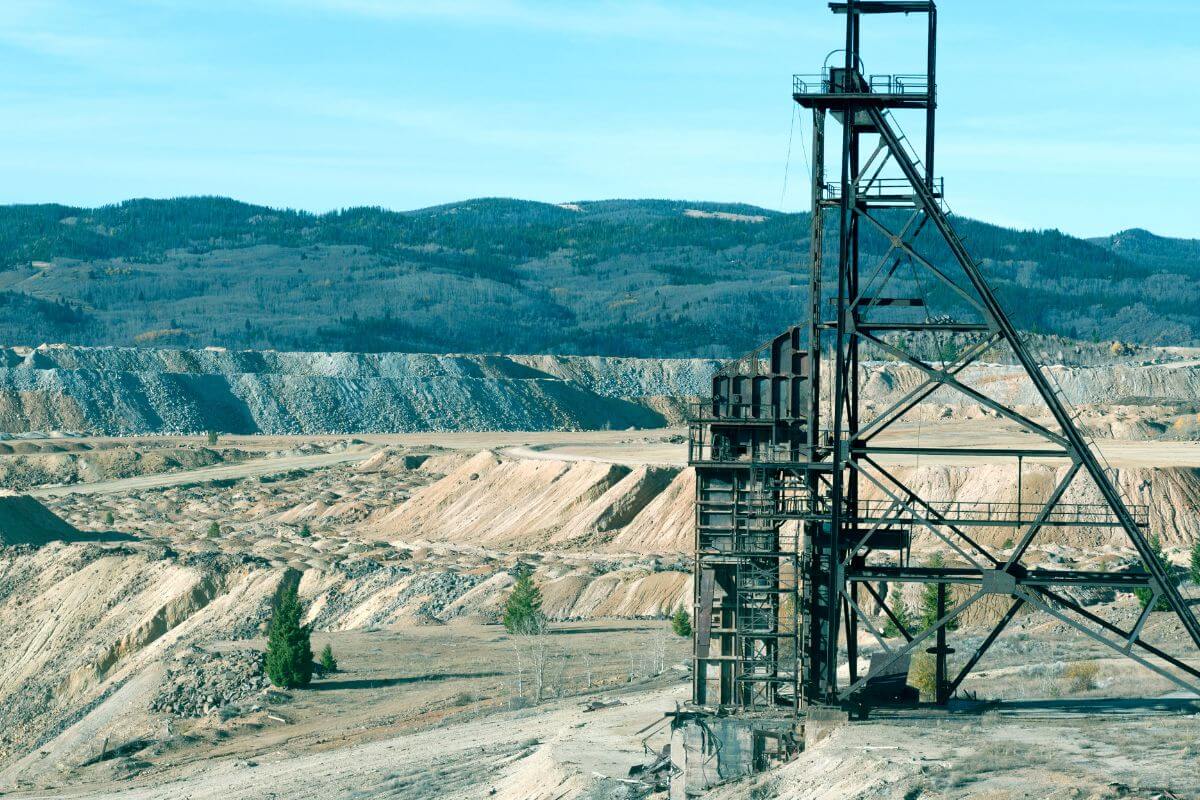
Montana is the only producer of palladium and platinum in the United States. It also excels in talc production and is a major source of copper, molybdenum, garnets, and silver.
These minerals are essential in various industries, including construction, transportation, and technology, making their production vital to the state’s economic growth.
Montana also produces resources such as bentonite, common clays, construction sand, gravel, crushed and dimension stone, gold, lime, and gemstones.
Its mining and mineral processing industries have also contributed to the state’s petroleum refineries’ growth, providing further support for the state’s economic growth and development.
Montana Products Final Thoughts
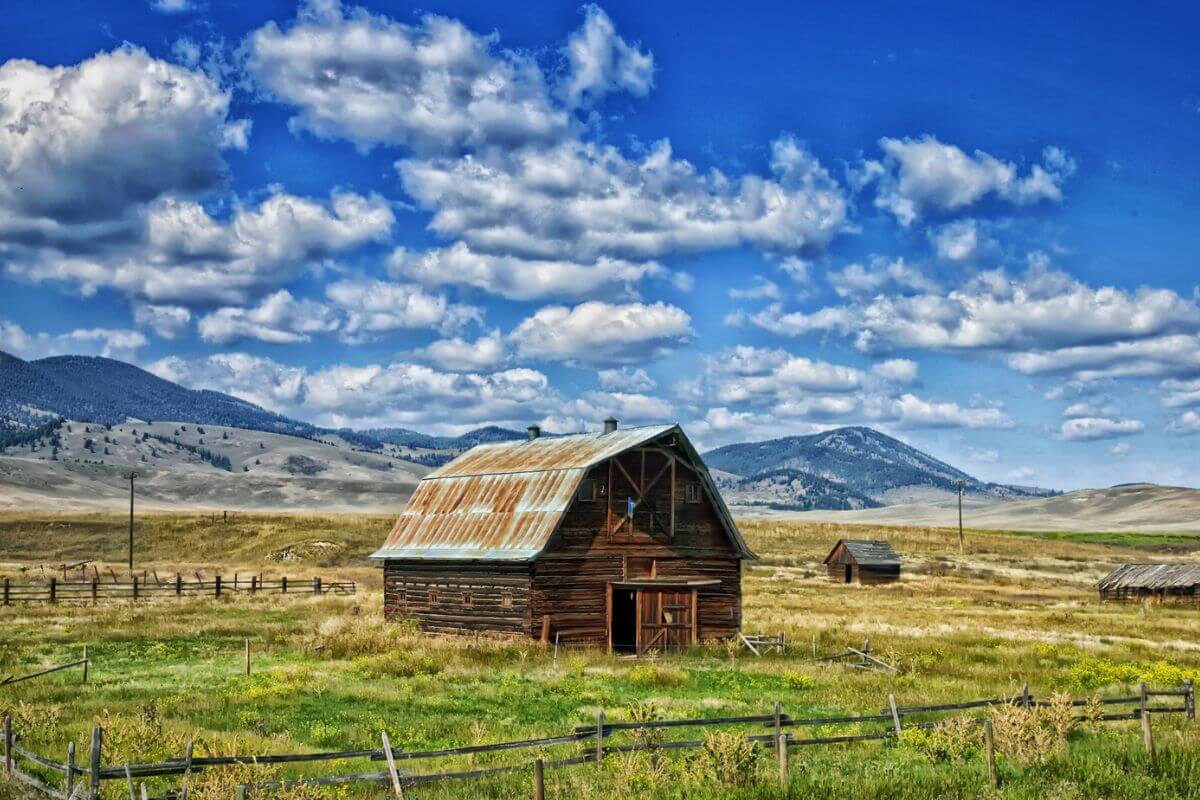
The diverse range of agricultural products produced by Montana highly contributes to the state’s revenue.
The wheat it makes is highly in demand both domestically and internationally.
Production of beef cattle and sheep farming is a significant industry in the state as well.
Montana’s energy sector comprises coal, natural gas, and oil, providing reliable sources for energy needs and contributing to economic growth.
While its forestry industry produces top-quality wood products, it also has a thriving timber industry, employing thousands of Montanans and supplying wood products to various sectors.
Additionally, its mineral industry, including palladium, platinum, talc, copper, and silver, plays a vital role in the construction, transportation, and technology sectors.
These industries collectively drive the state’s economic prosperity and development.
Montana Diverse Produce FAQs
1. What Products Are Produced in Montana?
The state produces a diverse range of agricultural products and is known for its top-produced food commodities such as wheat and beef.
It grows sweet cherries, sugar beets, seed potatoes, and hay. Apart from food production, it is also the only producer of palladium and platinum in the United States.
2. What Is the Main Produce in Montana?
The state’s main agricultural products are cattle and grains, with beef and organic wheat being the dominant goods. It also produces significant amounts of hay, pulses, and other grain crops as well.
3. What Is Montana’s Biggest Resource?
The Treasure State is rich in natural resources, and its most valuable assets include coal and petroleum. It is renowned for its extensive coal reserves.
4. What Is Montana’s Top Export?
As of 2021, coal is the state’s top export in the state and is a significant contributor to its economy.
Its coal production plays a part in the nation’s energy production sector, where it is primarily used for electricity generation. The total value of the state’s coal exports in 2020 reached $179 million.
5. What Is Montana’s Top Import?
Montana’s top import is refining crude oil into the production of petroleum, with a total worth of $4,253 Million.
This highlights Montana’s reliance on imported sources of energy and its participation in the petroleum and energy production industry.
Crude oil is refined into various petroleum products, such as gasoline, diesel fuel, and lubricants, for consumption and use in various sectors, including transportation and manufacturing.
To expand your knowledge about Montana, immerse yourself in these captivating articles that will keep your mind fully engaged:
- https://www.montana.edu/extension/agimpact/statewidereport.html
- https://www.montana.edu/extension/broadwater/blog-article.html?id=21379
- https://agresearch.montana.edu/publications/2017_report.html
- https://www.eia.gov/state/?sid=MT
- https://www.usgs.gov/centers/national-minerals-information-center/mineral-industry-montana
- https://dnrc.mt.gov/forestry/Forest-Products/
- https://ustr.gov/map/state-benefits/mt
- https://lmi.mt.gov/_docs/0422-ImportExport.pdf
- https://www.nass.usda.gov/Statistics_by_State/

